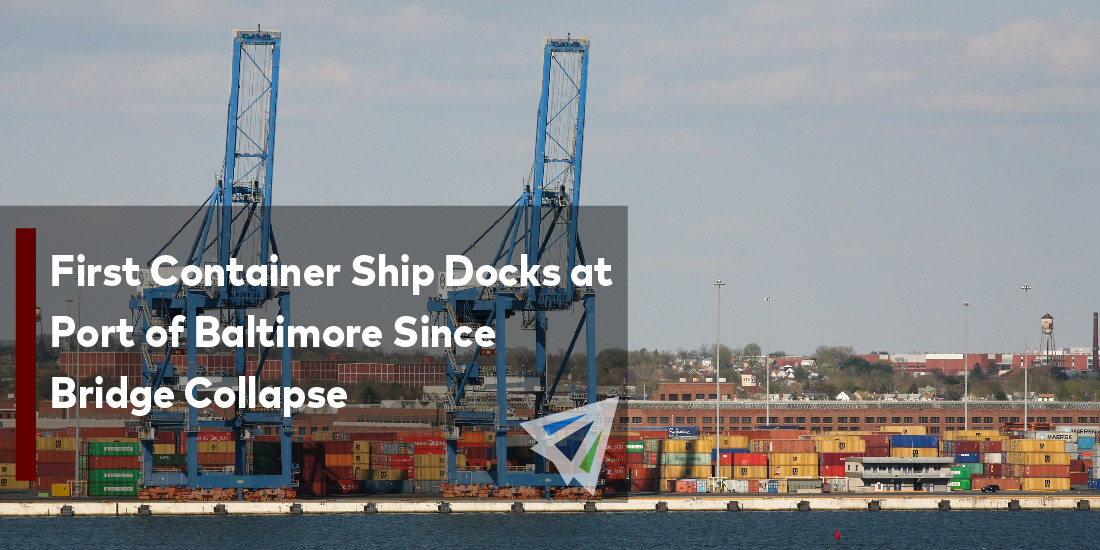Resuming operations at the Port of Baltimore is more than simply going back to business as usual; it’s a calculated effort to rekindle economic growth and reopen important trade lines. The reopening marks a turning point for local and global firms as trade and the movement of products find a new rhythm.
Unquestionably, the suspension of port operations following the collapse of the Francis Scott Key Bridge has presented difficulties for companies that depend on prompt supplies and logistics. Nonetheless, there’s a palpable feeling of relief and excitement in the air with the arrival of the first container ship since the event. Resuming port operations provides a lifeline for businesses ranging from manufacturing to retail, allowing them to restock inventory, fulfill orders, and reestablish connections with international markets.
Port Shutdown Has Ripple Effect
But in the middle of all the action, there’s a grim realization of what lies next. Businesses have been negatively impacted by the port shutdown in terms of both monetary losses and operational difficulties. The impending court proceedings serve as a sobering reminder of the potential financial and legal consequences that might follow such unanticipated developments.
However, despite these difficulties, there is room for resiliency and flexibility. Businesses have an opportunity to reevaluate supply chain strategy, diversify transportation routes, and strengthen contingency plans against potential delays as a result of the Port of Baltimore’s reopening. It is an appeal to put resilience first in the face of uncertainty and to make investments in technology, infrastructure, and alliances that are resilient to the ups and downs of a constantly changing global environment.
Furthermore, the port’s reopening emphasizes how intertwined the local and global economies are. The Port of Baltimore is a gateway to global commerce networks that span continents as well as local markets. As a result, its resurgence is a catalyst for a wider economic recovery and stability rather than just a local issue.
A Brighter Future
The Port of Baltimore’s reopening represents a critical turning point in the direction of resilience and economic recovery. It is evidence of the perseverance of companies and the fortitude of communities in the face of difficulty. There is a newfound sense of optimism and opportunity for firms to rebuild, adapt, and succeed in a fast changing world of commerce when operations resume and trade once again flows through its channels.
Stakeholders may take advantage of this revival to use the reopening as a springboard for sustained growth and prosperity. Dredging and upgrading projects are examples of investments in port infrastructure that can improve the port’s competitiveness and ability to handle bigger ships and heavier loads. Similarly, efforts to optimize customs procedures, boost the effectiveness of logistics, and increase access to interior transportation networks can strengthen the port’s position as a crucial hub in international supply chains.
In addition, the port’s reopening encourages cooperation and partnerships between corporations, governmental organizations, and trade groups. Through collaborative efforts to tackle shared obstacles and capitalize on expansion prospects, interested parties may cultivate a more robust and competitive port environment that is advantageous to all parties involved.
Essentially, the Port of Baltimore’s reopening signifies not just a return to routine but also an opportunity to rebuild stronger. It’s an opportunity to reflect on the past, adjust to the present, and steer Baltimore and beyond toward a more affluent and sustainable future.
Should you have any questions regarding this, please reach out to our team today.
Additionally, we have our weekly market updates that can provide you with relevant freight news, updates, developments across the industry, and more.
